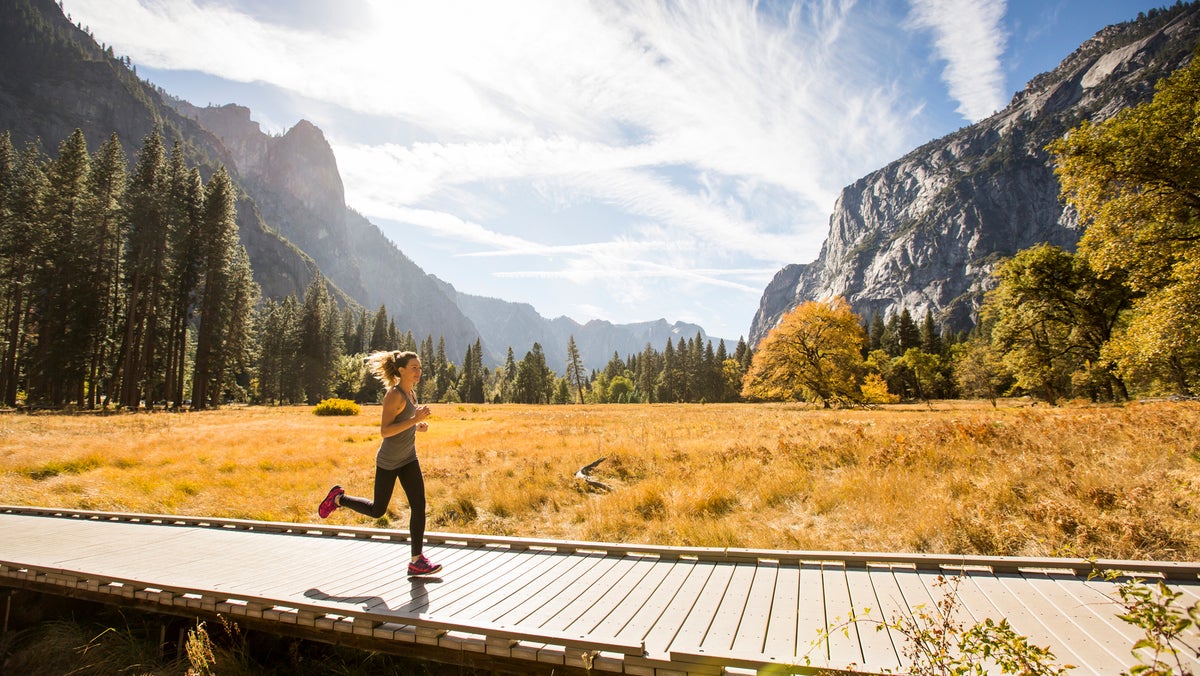Ivan
Black Belt
Hi. I would like to write an article on breathing exercises that help improve striking (exhaling at the tip of a strike) as well as overall performance. I was hoping you could provide some of your own exercises and how to do them and how often below. Also, why do you think they are useful and how have they have personally benefitted you? Here are some of the exercises I have come across:
Shinkokyuu
Supposedly, between bouts of heavy exertion, karateka practice shinkokyuu. I have never personally come across or heard of this before, but the book I read claims it is deep abdominal breathing - breathing with your stomach instead of your chest supposedly helps recovery and is also used by karateka to keep their upper body relaxed before the moment of impact and to harden their muscles as much as possible during impact. Have any of you come across this, and what are your thoughts on it? Is it useful? A supposed way to achieve this, is to create a ratio of breaths to the amount of reps you have done in your previous set of exercise. If I have just done 50 jumping jacks, I will take 10 breaths (ratio of 5:1) and immediately begin my next set - this will quickly demonstrate the importance of extending and slowing your breathing to improve your recovery rate.
Breathing behind the shield
This is a concept that means to breathe whilst constantly tensing your core and ab muscles to protect from damage. It is used in Sanchin kata, and can be practiced whilst performing weighted exercise e.g. breathe using the stomach and focus on interabdominal pressure during your benchpress. Supposedly, it improves endurance, strength, recovery and helps to protect you if you can constantly apply it while sparring
Straw breathing
This is an exercise used by Russian dive schools in the military to teach economic use of air in a dive tank. You lay on the ground on your back with a straw in your mouth and then breathe through it, once you get comfortable, tape another straw to it to extend and extend it up to 3 straws. Practice for 10 minutes at a time to improve lung capacity and breath control.
What exercises do you have?
Shinkokyuu
Supposedly, between bouts of heavy exertion, karateka practice shinkokyuu. I have never personally come across or heard of this before, but the book I read claims it is deep abdominal breathing - breathing with your stomach instead of your chest supposedly helps recovery and is also used by karateka to keep their upper body relaxed before the moment of impact and to harden their muscles as much as possible during impact. Have any of you come across this, and what are your thoughts on it? Is it useful? A supposed way to achieve this, is to create a ratio of breaths to the amount of reps you have done in your previous set of exercise. If I have just done 50 jumping jacks, I will take 10 breaths (ratio of 5:1) and immediately begin my next set - this will quickly demonstrate the importance of extending and slowing your breathing to improve your recovery rate.
Breathing behind the shield
This is a concept that means to breathe whilst constantly tensing your core and ab muscles to protect from damage. It is used in Sanchin kata, and can be practiced whilst performing weighted exercise e.g. breathe using the stomach and focus on interabdominal pressure during your benchpress. Supposedly, it improves endurance, strength, recovery and helps to protect you if you can constantly apply it while sparring
Straw breathing
This is an exercise used by Russian dive schools in the military to teach economic use of air in a dive tank. You lay on the ground on your back with a straw in your mouth and then breathe through it, once you get comfortable, tape another straw to it to extend and extend it up to 3 straws. Practice for 10 minutes at a time to improve lung capacity and breath control.
What exercises do you have?

